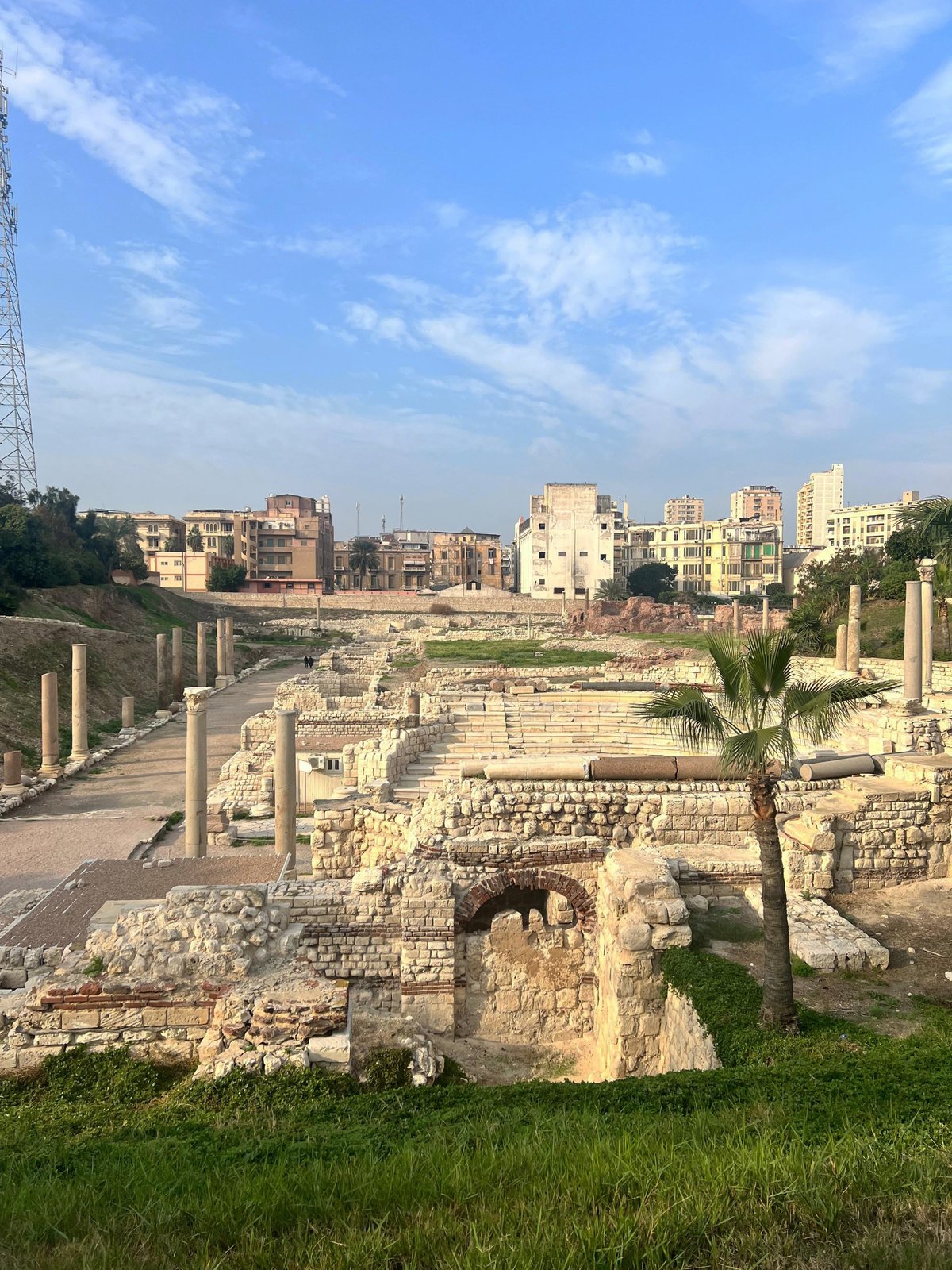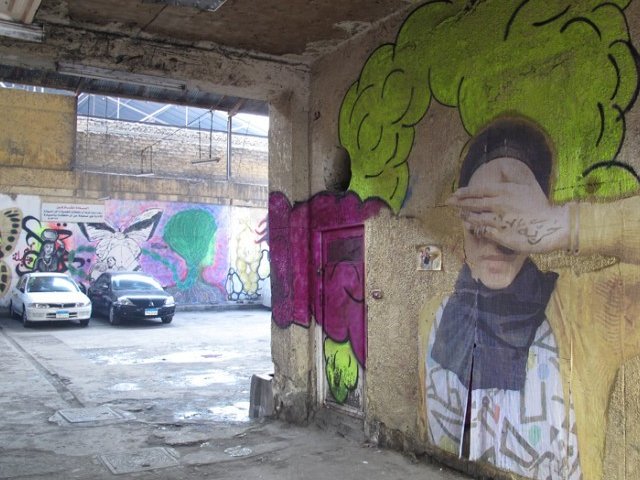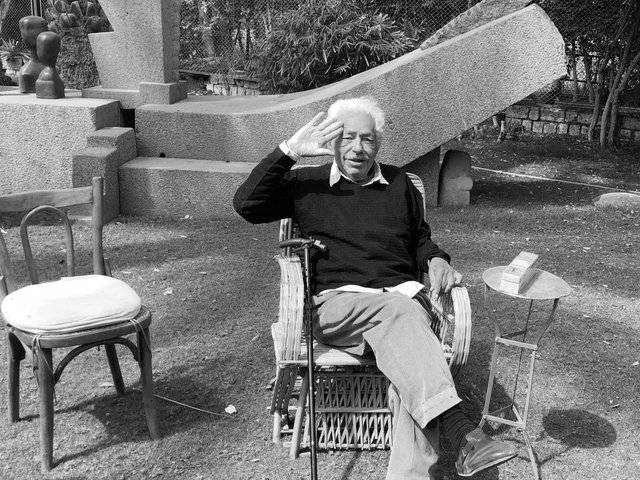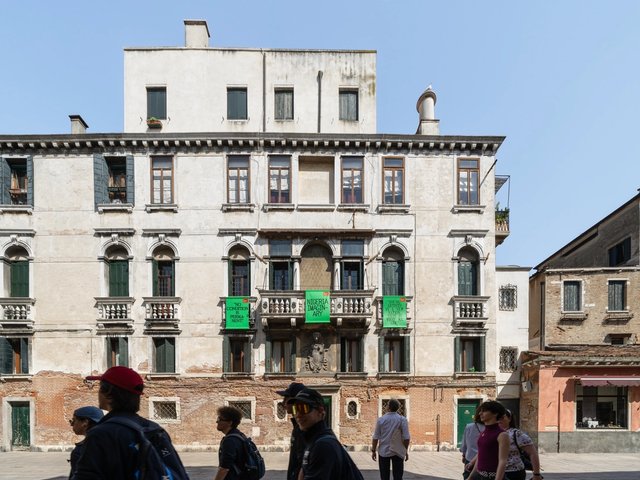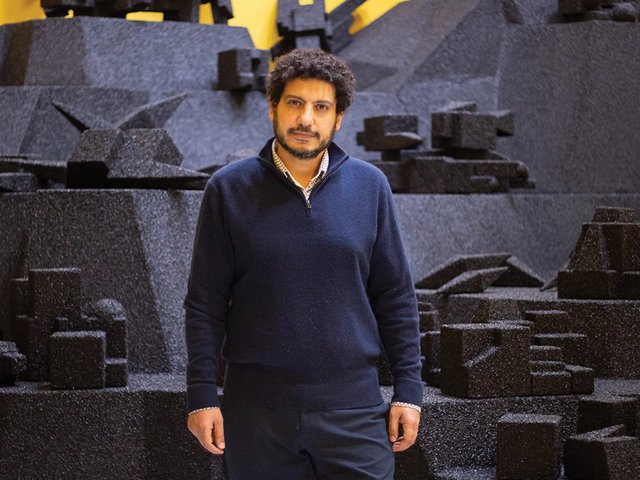After a 12-year hiatus, the Alexandria Biennale is relaunching in the coastal Egyptian city in September 2026. Curated by the artist Moataz Nasr, the show takes as its title This Too Shall Pass, and will feature artists mainly from the Mediterranean basin, with performances, music and lectures running alongside the exhibition.
“If you want to return, you have to do it to a high standard,” Nasr says. “The art scene in Egypt is like a lake that has been still for a long time, with no oxygen able to reach the bottom. We want to throw a big stone into the lake and make waves. It is a time for change.”
The biennial is the third oldest in the world, coming after the Venice Biennale and the Bienal de São Paulo. It was established in 1955 under former president Gamal Abdel Nasser in the spirit of regional solidarity and was primarily open only to artists from countries bordering the Mediterranean Sea. Nasr says he will keep this emphasis while inviting a few artists from other countries. In addition to the 50-odd artists in the main show, he is planning smaller, capsule exhibitions in Alexandria museums for younger Egyptian artists.
Reaching out
In a break from previous iterations of the Alexandria Biennale, which were almost entirely state-funded, the new event is operating as a private-public partnership. The set-up reflects the difficult economic situation in the country, and gives the event more independence, say those involved. The organising committee includes officials from Egypt’s ministry of culture along with private patrons familiar to the international art scene, such as Mai Eldib, Ahmed Shaboury, Hisham El-Khazindar and Rasheed Kamel, among others, and the architect Omniya Abdel Barr.
The Art Newspaper understands that the state and Alexandria governments have provided seed money, and prominent local businesses have pledged to contribute. The project is conceived not only as a biennial for the art crowd but as an event for Alexandria itself, with events oriented to the wider public.
Over the past 25 years Alexandria has suffered a brain drain, with many young professionals heading to Cairo, including Nasr, who was born in Alexandria but moved to the Egyptian capital with his family. However, the city remains a storied and special place for its inhabitants and Egypt at large. The biennial will deliberately draw out this character, with its grassroots support and venues that reflect the history of the city: the Roman amphitheatre, the Alexandria Library, the Qaitbay Citadel and sites along Fouad Street, which was laid out during the time of the city’s founder, Alexander the Great himself, in the fourth-century BC, and is considered one of the oldest streets in the world.
Nasr, who represented Egypt in the 2017 Venice Biennale, is a key figure in the Egyptian art scene. He ran Darb 1718, an independent Cairo art space, from 2008 until it was demolished in 2024 to make way for a highway. He is also a three-time curator of Something Else, the so-called off-biennial that intermittently takes place in the capital.
He is also a vocal critic of the lack of funding and parochialism that he believes has developed in Egypt. He tells The Art Newspaper: “When the ministry of culture called to offer me the [Alexandria Biennale] job, they said, ‘You’ve been complaining for years about curating in Egypt. Now here’s your chance. Show us how it’s done.’”


